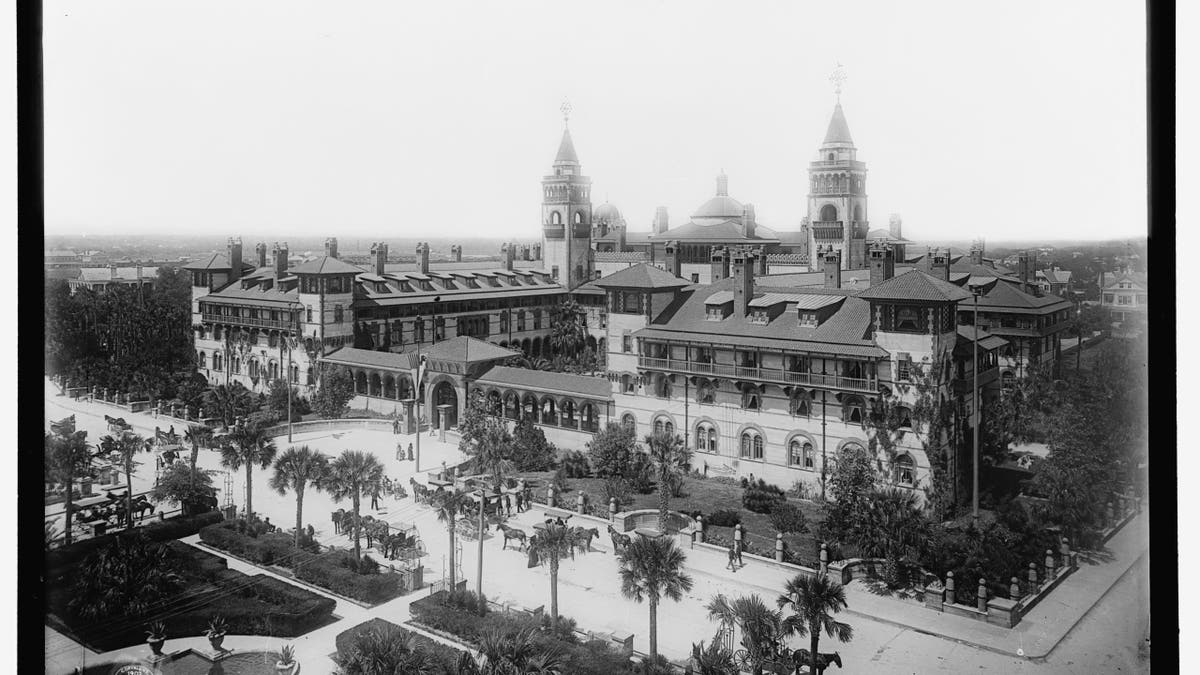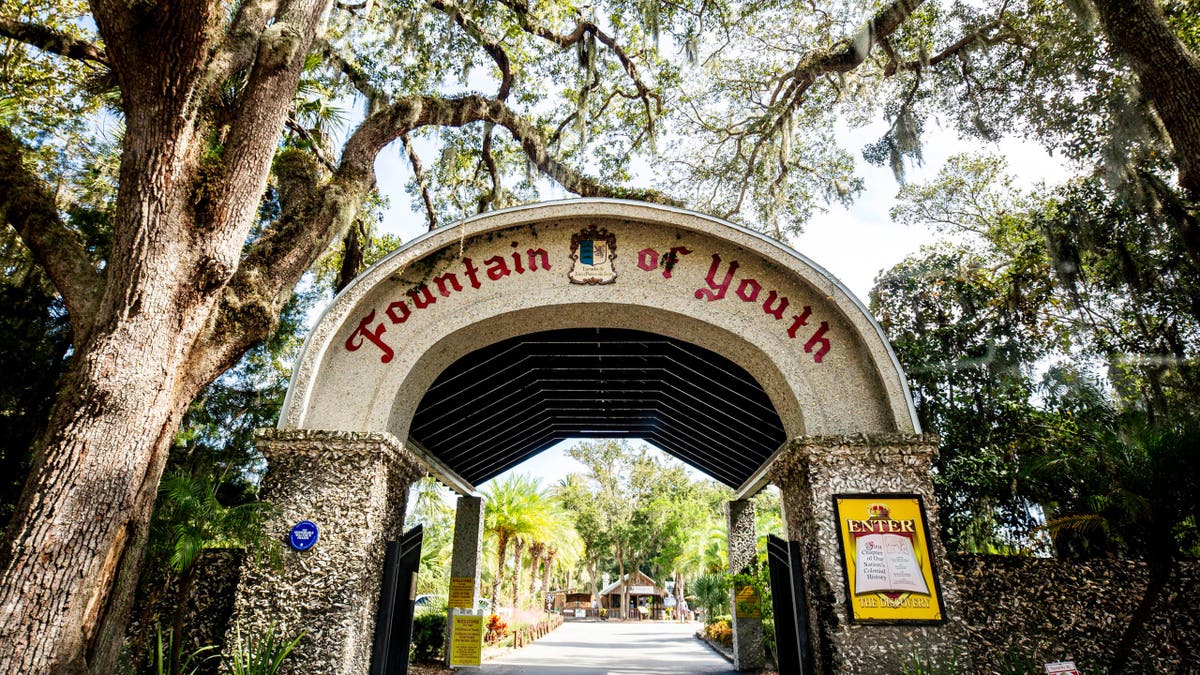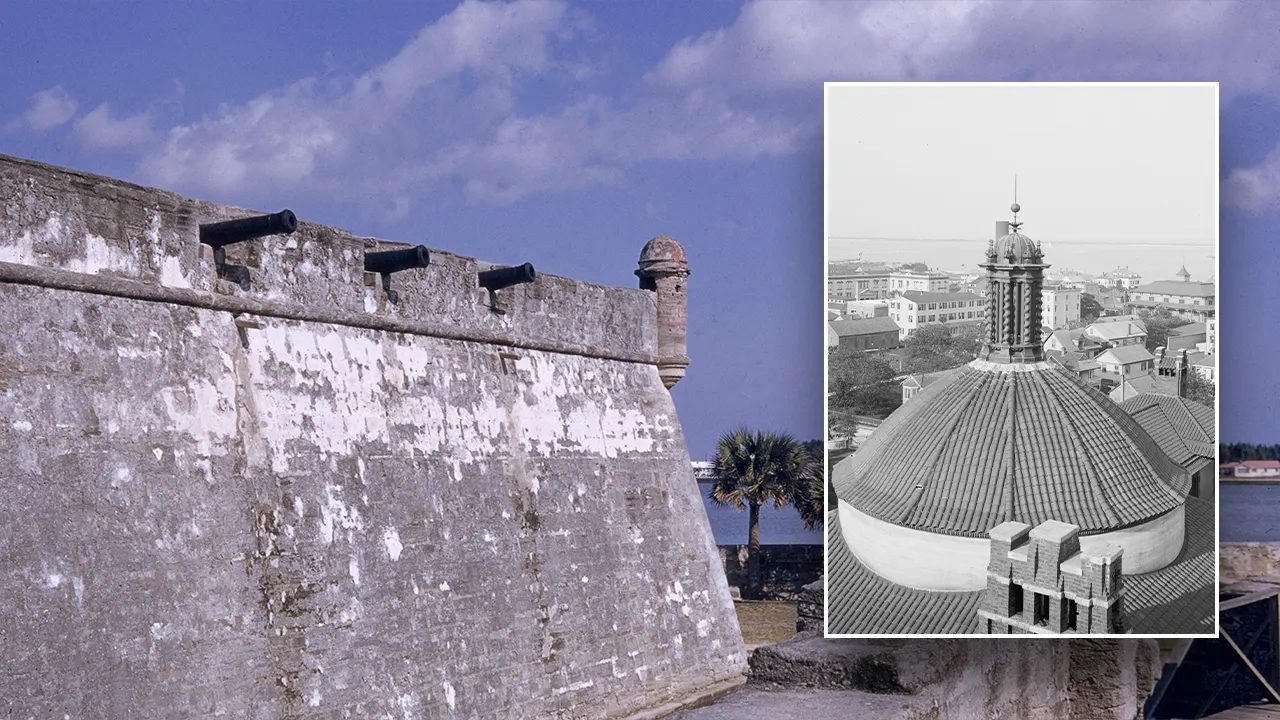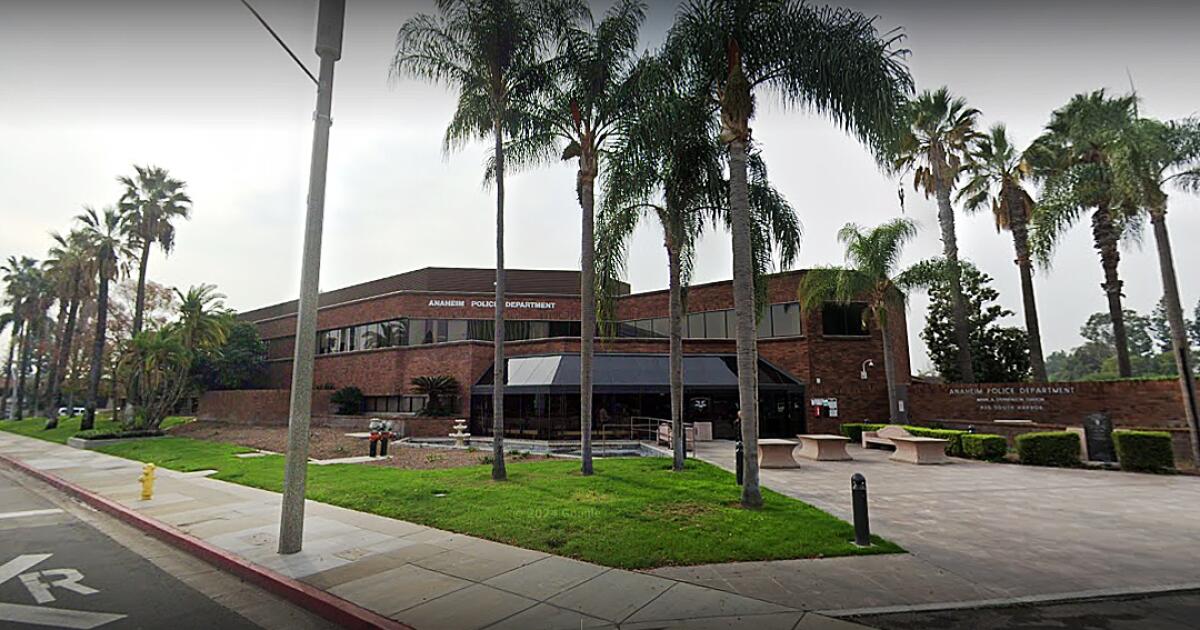Florida is widely known for its beautiful beaches and immersive theme parks, but did you know that the Sunshine State is also home to the oldest city in the country?
St. Augustine was founded in 1565 by soldier Don Pedro Menendez de Aviles of Spain, according to the Visit Florida website.
Prior to this, Juan Ponce de León first discovered Florida in 1513 while searching for a supposed fountain of youth believed to be on an island called Bimini, according to History.com.
ARE YOU GOING TO VISIT FLORIDA? EVERYTHING YOU CAN DO DURING YOUR VACATION IN THE SUNSHINE STATE
The settlement originally occupied by people of European and African American descent is the oldest continuously inhabited city in the country.
The colony got its name because it was discovered on August 28 by Menendez, the feast day of St. Augustine, according to History.com. The explorer set foot on the Florida coast “with much pomp and solemnity and 600 cheering travelers,” the city of St. Augustine says on its website.
Many of St. Augustine's historic landmarks can still be visited today, such as the Castillo de San Marcos, construction of which began in 1672. (Harvey Meston/Getty Images I Heritage Art/Heritage Images via Getty Images)
Menendez's goal was to drive out the French, according to the National Park Service.
At the time of its founding, the city was intended to serve as a military outpost and as a base for Catholic missionary settlements, according to the St. Augustine city website.
During the early days of St. Augustine, many battles were fought on land, including those with English pirates who attacked the city on multiple occasions.
For example, in June 1586, a British fleet led by Sir Francis Drake attacked the city and burned St. Augustine.
CLICK HERE TO SUBSCRIBE TO OUR LIFESTYLE NEWSLETTER
Due to the raids, construction of the Castillo de San Marcos, a permanent stone fortress, was started in 1672. The fort still stands in the city today and is a popular tourist destination for visitors.
In 1763, with the signing of the First Treaty of Paris, St. Augustine passed into British hands, according to the Florida Department of State.

St. Augustine is known as the oldest city in the United States. (Heritage Art/Heritage Images via Getty Images)
In 1783, another treaty was signed, in which the colonies north of Florida gained independence and Florida returned to Spain, according to the city of St. Augustine. This gave rise to a period of time that many historians refer to as the Second Spanish Period.
During this period, the United States was in the midst of expansion. In 1819, the Adams-Onis Treaty was signed between the United States and Spain, which brought Florida into the hands of the United States. This treaty went into effect in 1821. In 1845, Florida became the 27th state of the United States.
For more lifestyle articles, visit www.foxnews.com/lifestyle
Today, the beginnings of St. Augustine are still intertwined with the city, through the numerous museums and historical monuments that can be found everywhere.
St. Augustine is a very popular tourist destination, visited by millions of people every year. Visitors to the city enjoy its splendid beaches, historical monuments and the Spanish culture that is still present in the city, for example, through its architecture.

The Fountain of Youth Archaeological Park is one of the many popular tourist attractions located in St. Augustine, Florida. (Patrick Connolly/Orlando Sentinel/Tribune News Service via Getty Images)
While in St. Augustine, visiting the Castillo de San Marcos National Monument is a must-see for many travelers, as is seeing the historic Cathedral Basilica of St. Augustine.
Also in St. Augustine you can go shopping on St. George Street and visit the Colonial Quarter, where you can fully immerse yourself in the history of the city.
CLICK HERE TO GET THE FOX NEWS APP
Other popular historical stops to make while visiting St. Augustine include the St. Augustine Lighthouse and Maritime Museum and the Fountain of Youth Archaeological Park.












